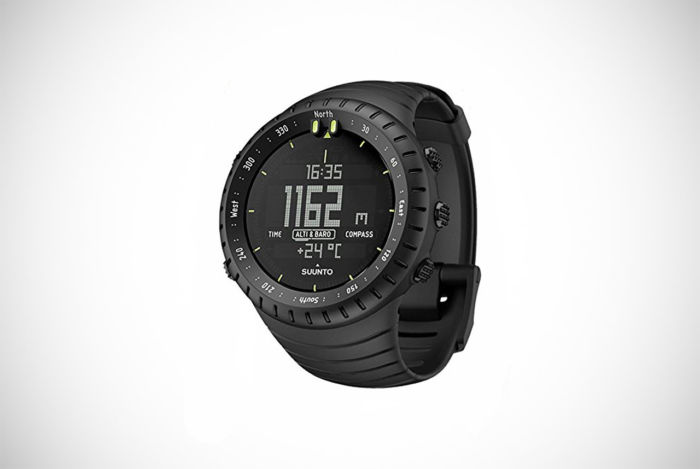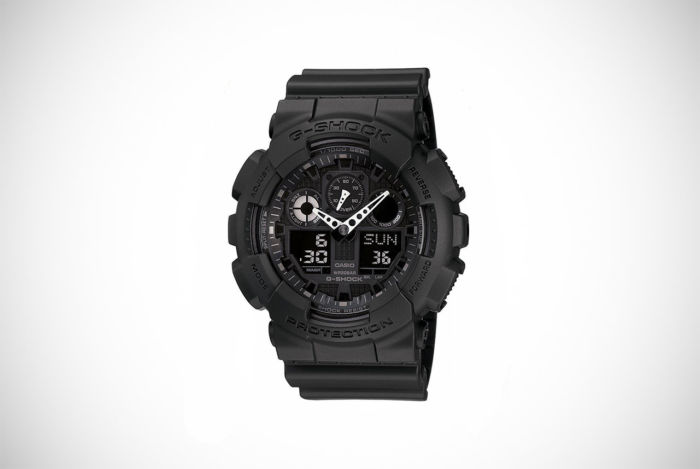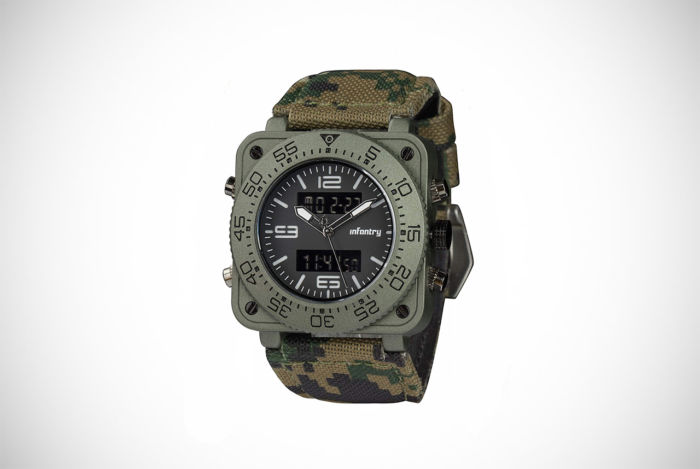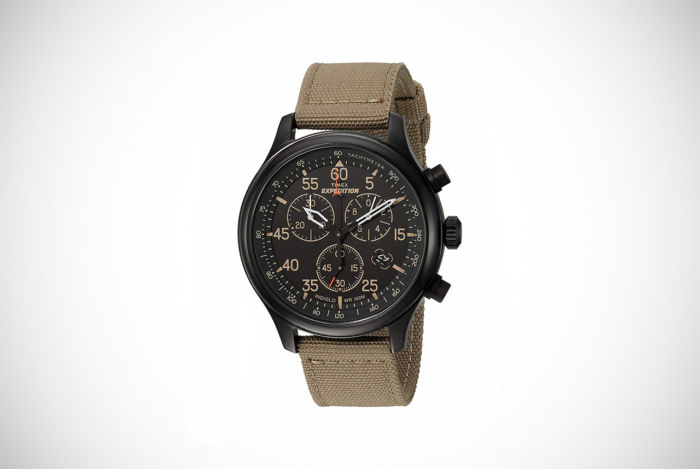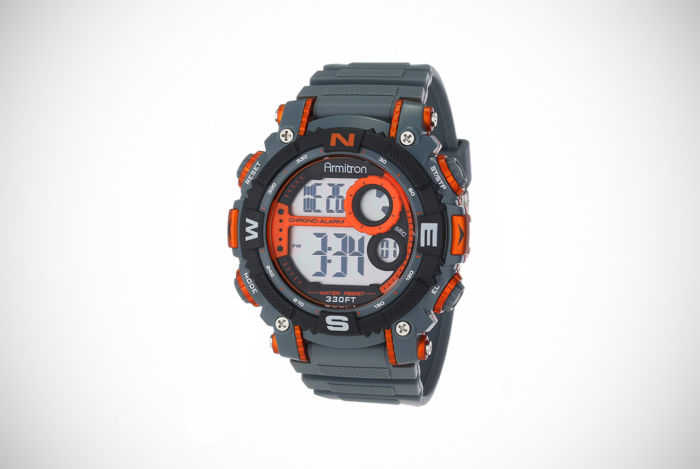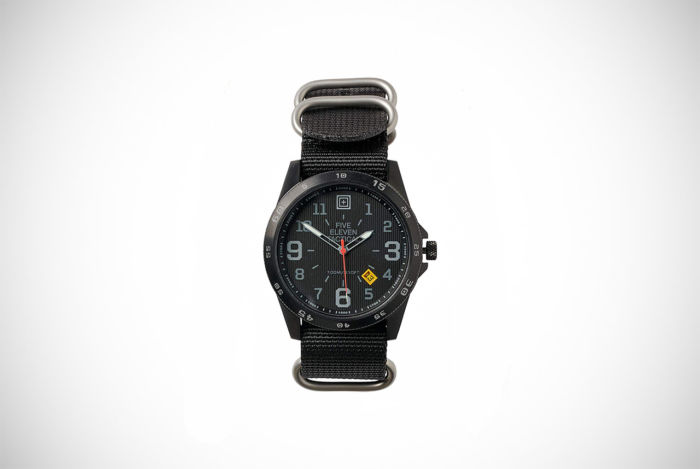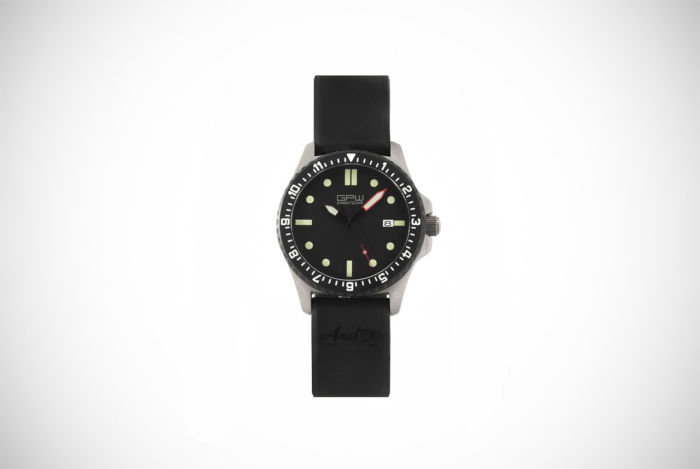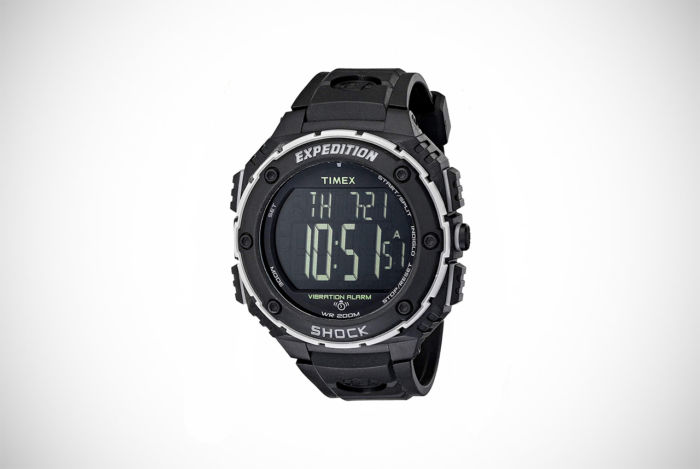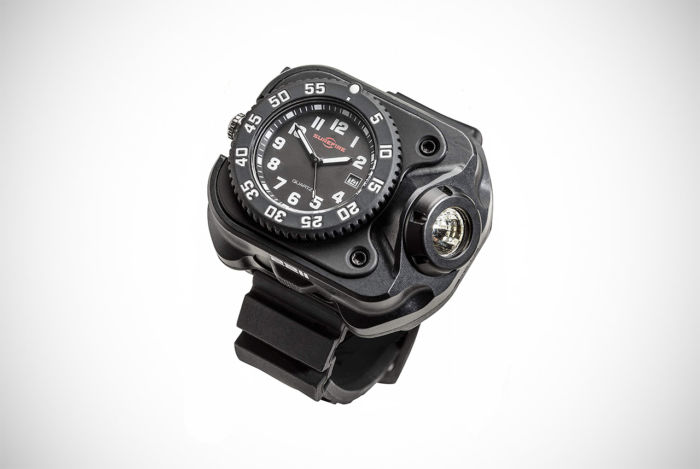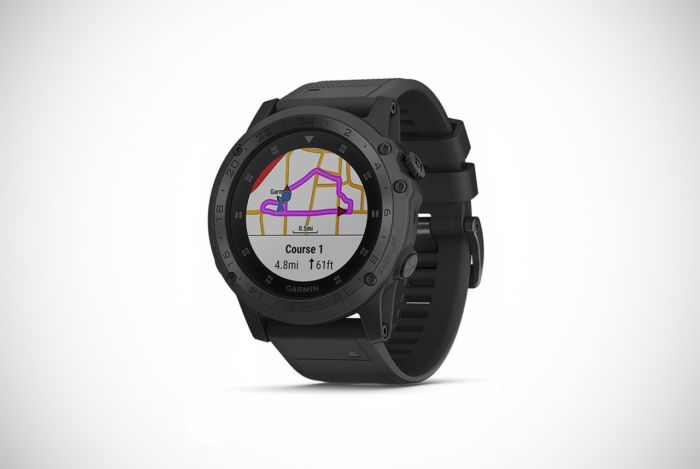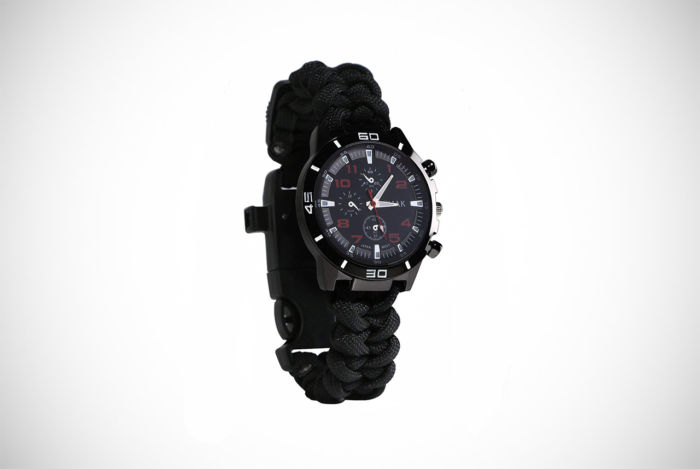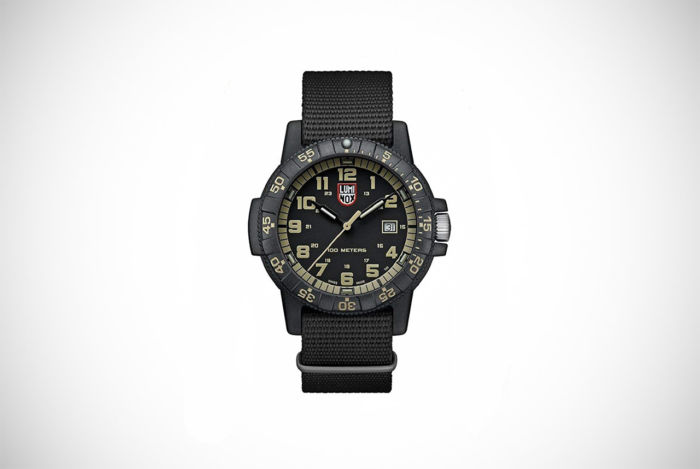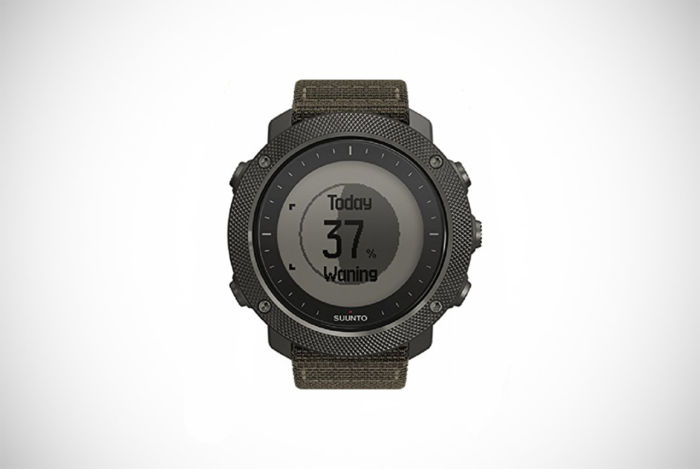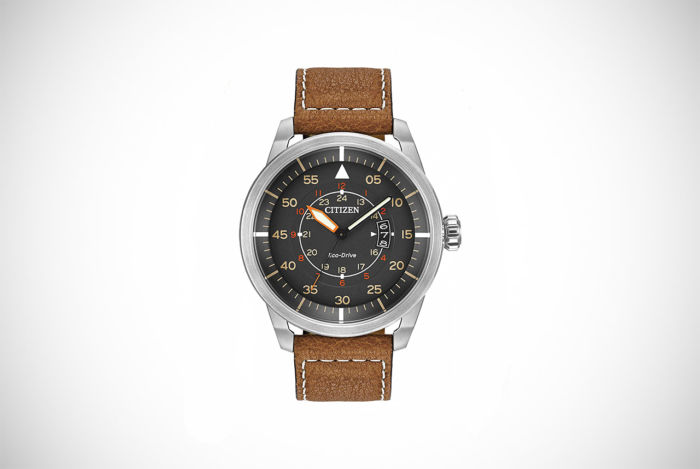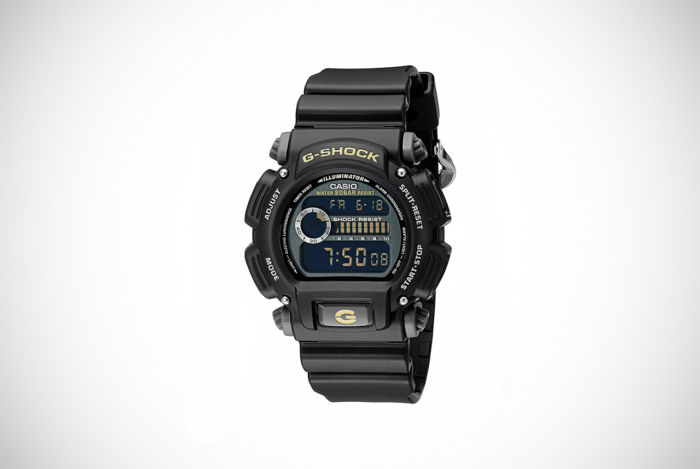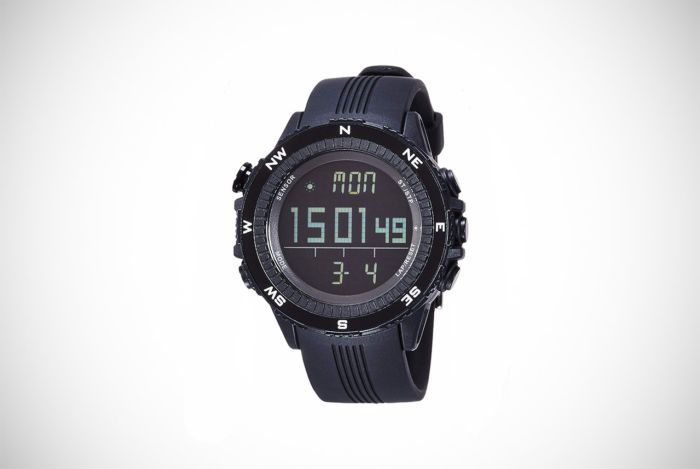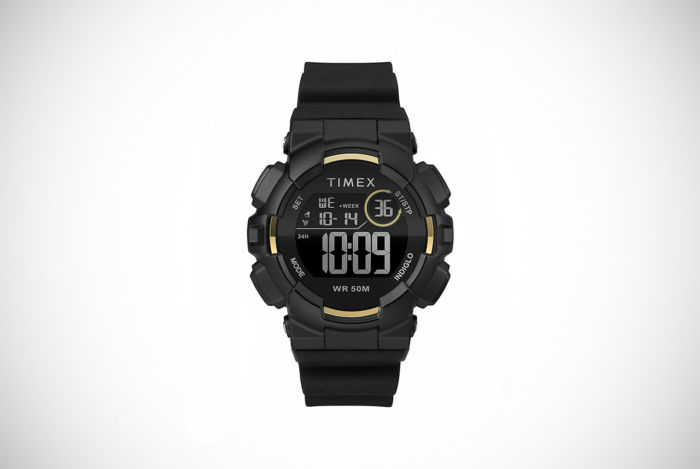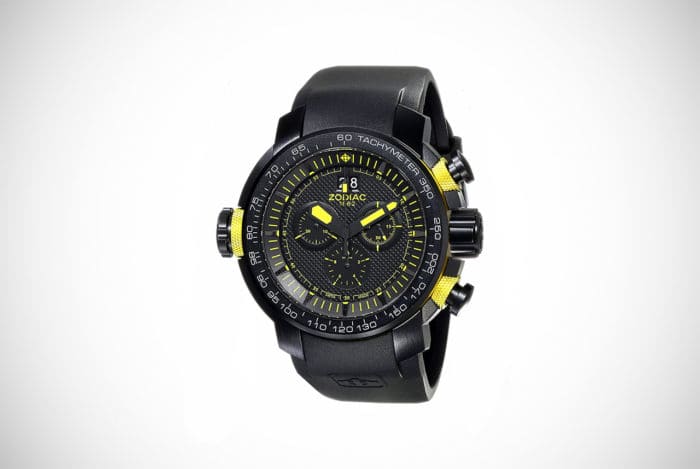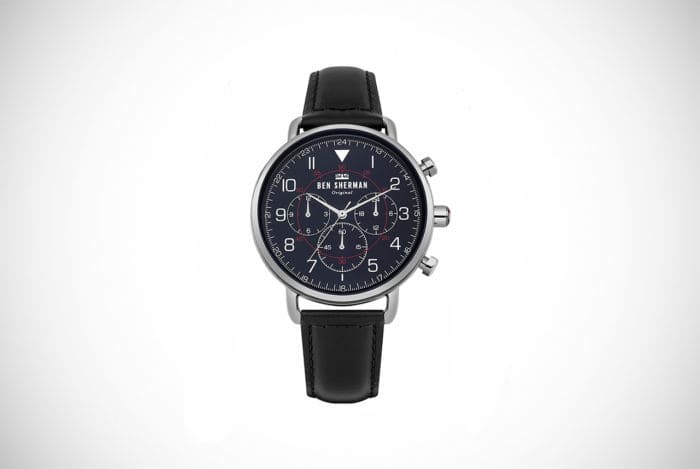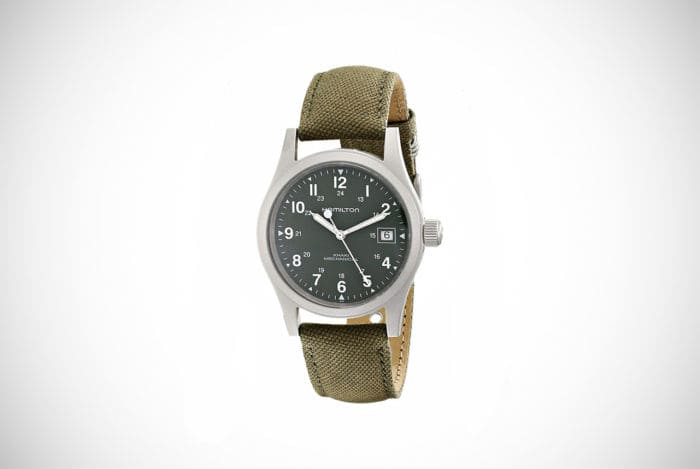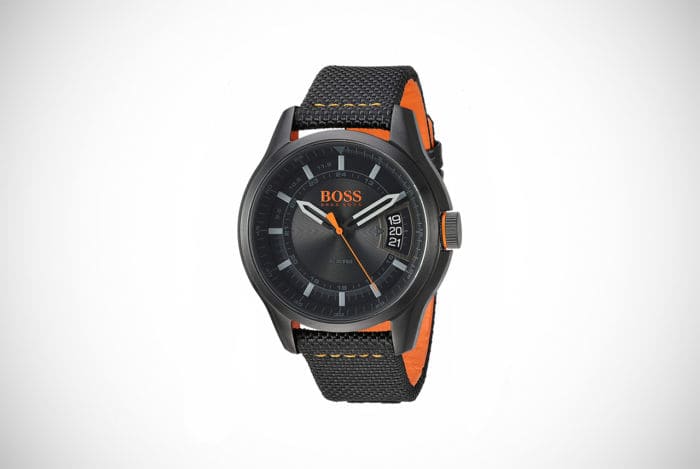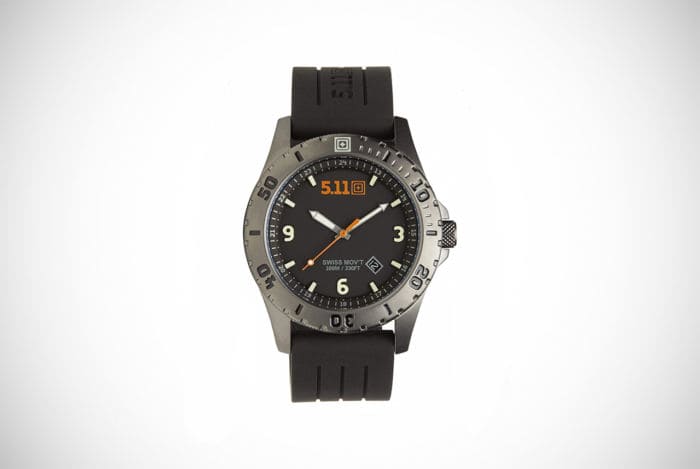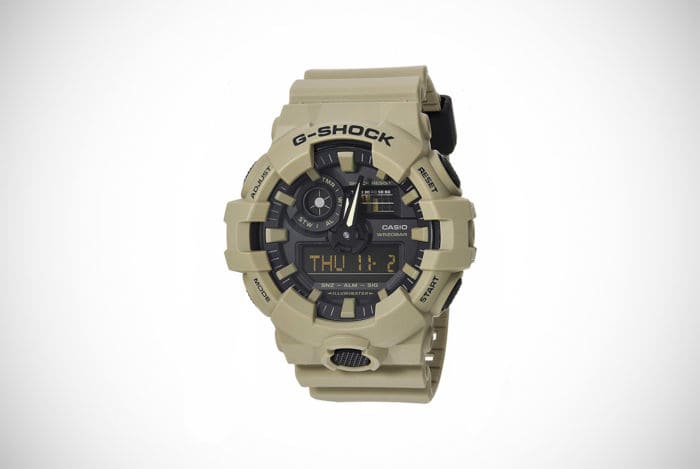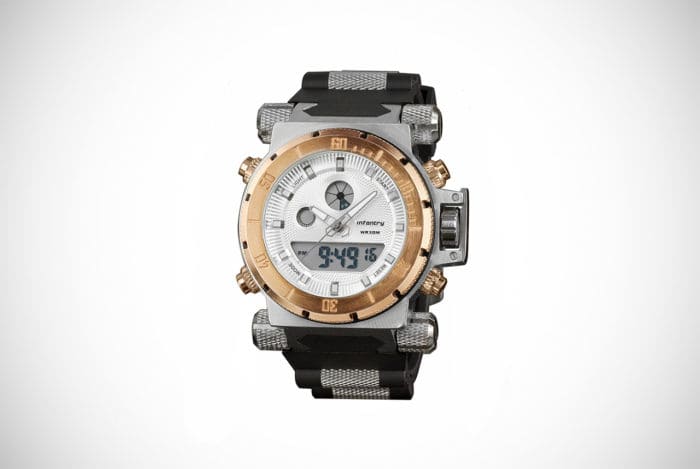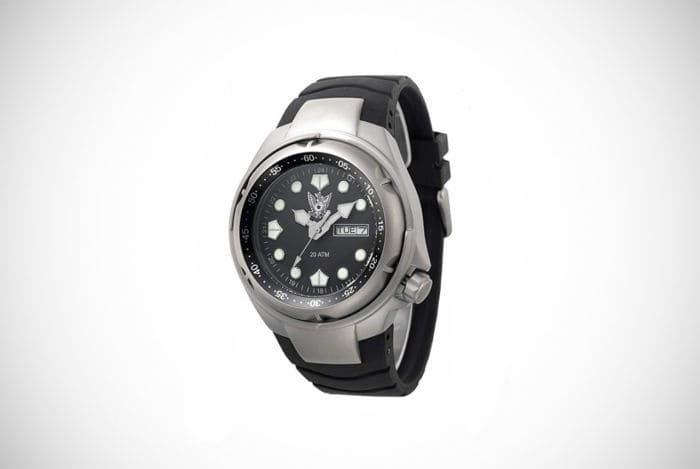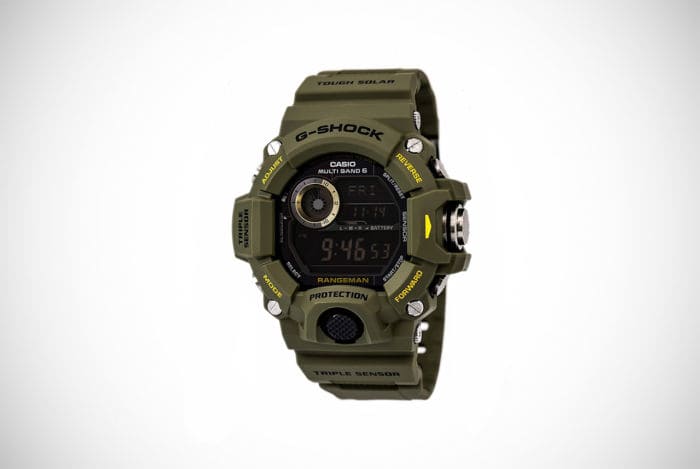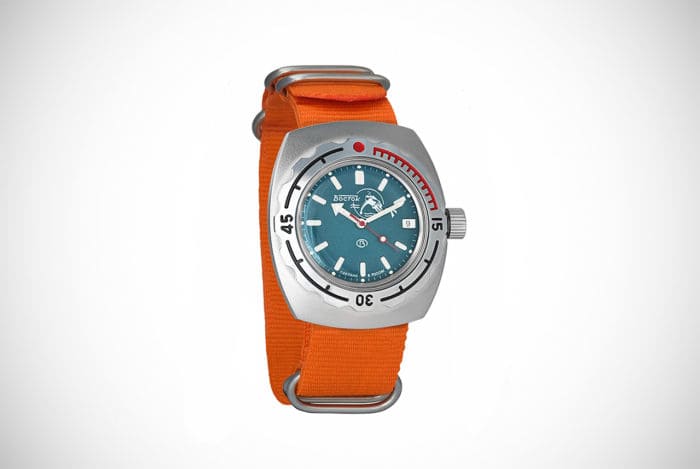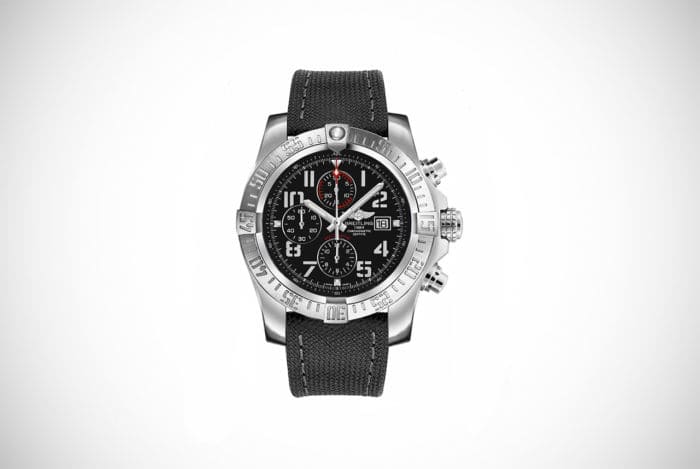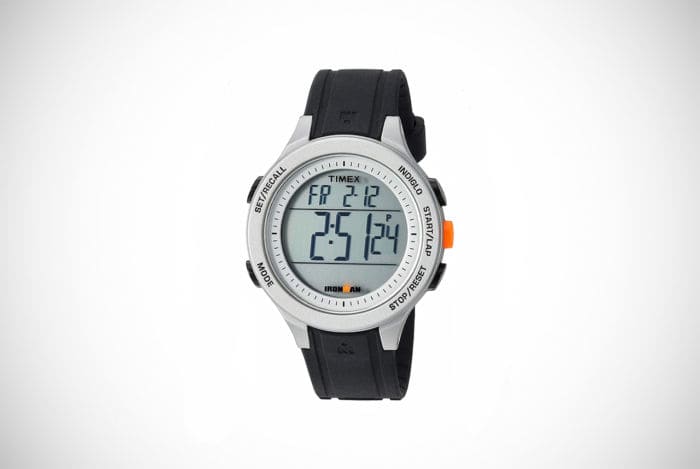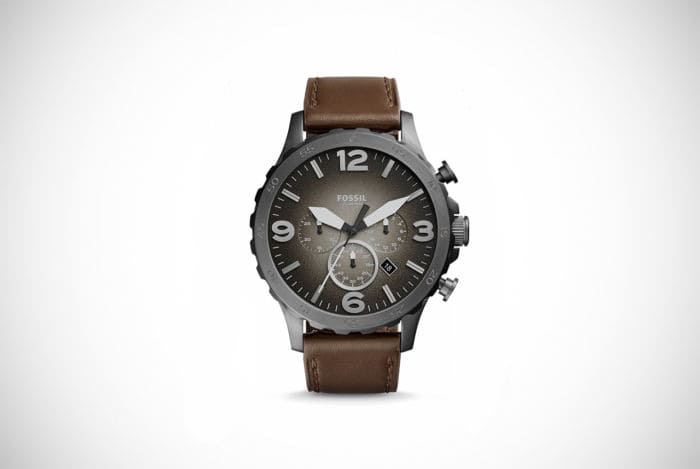I’ll be frank: much of the watch-reviewing I get to do happens while I’m sitting at my desk, in a very comfortable office, somewhere in Manhattan. It’s a nice desk. There is coffee. As much coffee as I want…
And yet.
When the opportunity presents itself to actually review a watch in the environment in which it was meant to be worn, I jump on it without thinking twice. Field tests! In an actual field! What could be more appropriate?
Recently, after a few days at the Baselworld Fair, I had the opportunity to test two military field watches (a Marathon Navigator and a Mk II Paradive Gen. 3) during some training with my reserve paratrooper battalion in the IDF. While there was unfortunately no paratrooping to be done, there was plenty of marching in the rain, a healthy amount of live gunfire, and a distinct lack of sleep.
Review
Day 1: At about 11pm on Day 1 of training I found myself standing in the a steady rain, soaked to the core, waiting for a forced march of unknown length to begin. I was glad that I was wearing the Mk. II Paradive, which is water-resistant to 200m and features a screw-down crown and case back. The NATO strap I was wearing it on, a Crown & Buckle Supreme NATO, was thoroughly drenched, but thankfully the watch wasn’t fogging up. The Paradive is a 44.5mm stainless steel diver/field watch modeled after the famed Benrus Type I and II military watches of the 1970s. It features an asymmetric case, sapphire crystal, screw-down crown and case back and multiple bezel options. The version I used was equipped with an aluminum 12-hour bezel and no date.
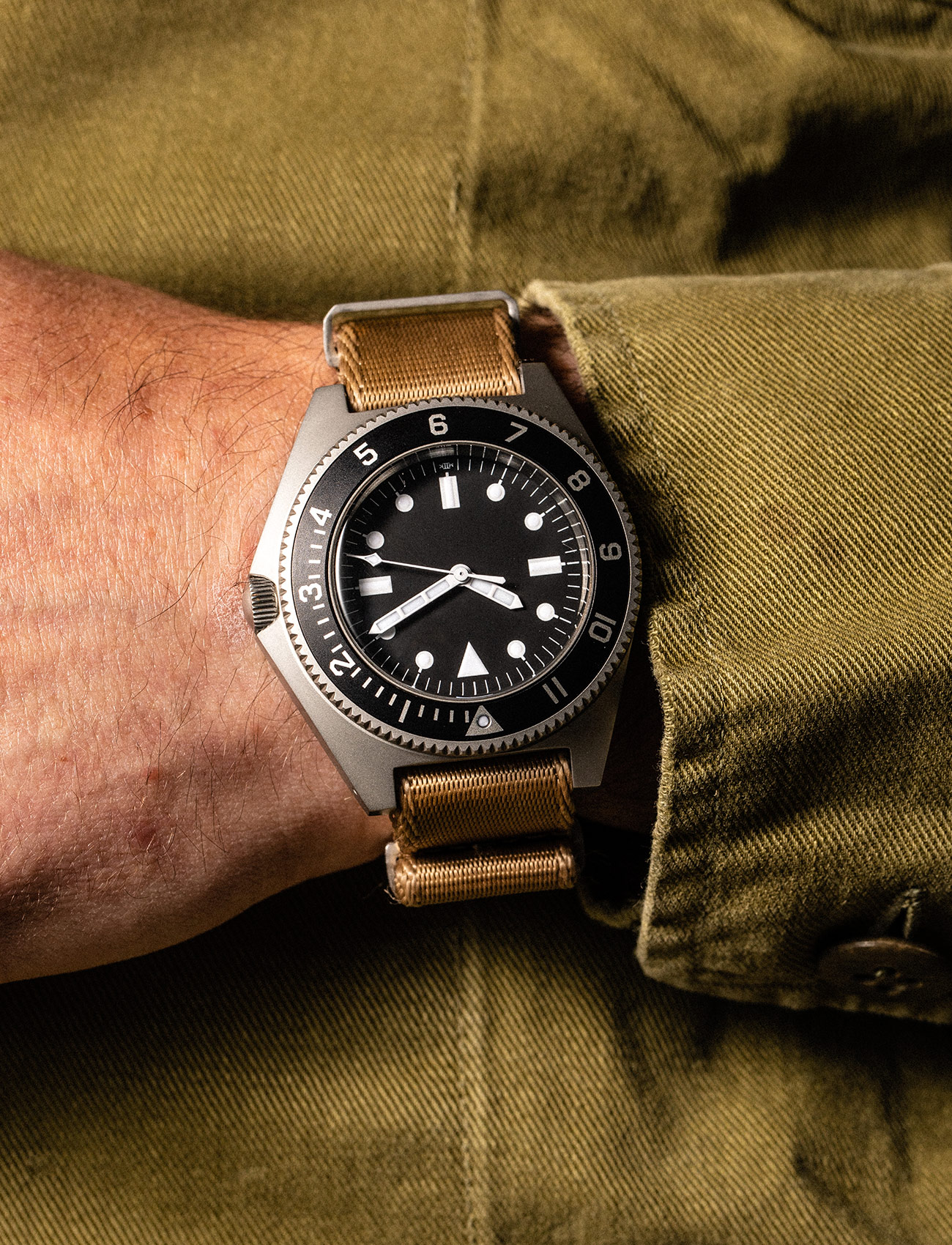
The second watch I carried was a Navigator from Marathon Watch Co, which I leant to a buddy for testing purposes. Though this model is water-resistant to 6 BAR (roughly 60m), I was admittedly more nervous about it, given its non-threaded crown and snap-on case back. However, after a thoroughly wet night of marching and maneuvers, it proved just as water-resistant as the Paradive, though the Phoenix NATO it was strapped to was definitely waterlogged. Unlike the Paradive, the Navigator features tritium tube illumination on the hands and indices, a Hesalite crystal, a fibershell case and, in my case, a date function. Several different dial and case color options are available.
Day 2: I tried to catch a few winks of sleep after the previous night’s maneuvers, but alas — all my clothing was soaked and I didn’t have spare socks or a uniform top on me, none of which made it easy to catch any Z’s. Plus, sleeping on the floor of a concrete building used for urban warfare simulation is hardly comfortable, especially when said building has no doors or windows to help block out the wind. I found myself checking the Paradive frequently for the time, which advanced ever. so. slowly.
My one gripe with the Paradive is this: the bezel action is much looser than I’d like. I often wear a military-style fleece over my uniform top when it’s in the 50s or 60s outside, and this fleece has built-in lycra-type material that slips over your wrists like a sort of glove for added warmth. If I elect not to slip my thumb through the hole built into this sleeve for said purpose, I can use it as a window through which to view my watch — the only problem being that when I sslide the jacket on and off, this elastic material snags on the watch and is enough to turn the bezel. This would never happen on, say, my Submariner, and I admit that it annoys me. The watch is an utter tank otherwise, and if not for this one gripe, would be all but perfect, to my mind.
The afternoon brings some CQB training (close quarters battle) — for all intents and purposes, urban combat training. The occasional smoke grenade or flashbang goes off, and there is a special operations unit practicing not far from us with what sounds like live fire. For the most part, this part of the day is moderately subdued, and doesn’t involve rolling in thorn bushes or smacking my watch hand into a rock. More of that tomorrow.
Day 3: Finally, some sunshine. It’s still muddy everywhere and my boots are caked in it, making them heavy, but at least it’s moderately warm and bright outside — as it should be in Israel, damnit. I take a look at the Navigator on my buddy’s wrist — he’s a Negev light machine gunner and has to carry around this 17-lb. weapon everywhere he goes, in addition to ammunition. There’s lots of potential for beating the crap out of one’s watch when crawling around with the Negev, and I’m wondering if it’s endured any damage.
I do notice that the Hesalite crystal seems to have gotten a tiny nick in it, but that’s the magic of acrylic — you can buff scratches right out with some Polywatch and a cleaning cloth. There are definitely some tiny nicks in the fibershell case, too, but it’s functioning just fine. After all, with a hi-torque quartz movement and a design specifically meant to function at ultra-high altitudes and during rapid changes in pressure, it’s no surprise that the Navigator deals with some crawling and water without a hitch.
The watch’s 12-hour bezel is bi-directional, and the action just slightly tighter than that of the Paradive. I aligned the 5 o’clock marker on the bezel of both watches with 12 o’clock on the dial, thereby calculating the 7-hour offset with the East Coast of the U.S. for keeping track of time back in NYC.

Overall, though these watches have a very similar design (asymmetric case with 12-hour bezel, analog dial, etc.), the feel on the wrist couldn’t be more different. If you want a tactical timepiece with some heft, the Paradive is the watch for you — there’s no mistaking that this thing is on your wrist, and despite subjecting it to some abuse over a four-day period, the case wasn’t so much as smudged.
The Navigator, on the other hand, is so light that you barely feel it on your wrist. The crystal and case scratch more easily, but the watch also costs $195 (discounted from an MSP of $300, as new models with steel crowns and sapphire crystals are just now debuting) — what more do you want at this price point? The easy-scratching fibershell case and acrylic crystal are worth the lightness on-wrist.
Day 4: In the interest of finishing strong, this day involved more urban combat training (this time with the entire battalion), followed by two exercises in a beautiful, green valley, one of which was “dry” (no live fire), and the second of which was “wet,” and involved lots of booms. Leading up to the CQB training, there was a fun jaunt through the woods — I elected to carry too much gear on me in this instance and found myself smacking into rocks and thorn bushes, as I didn’t have use of both of my hands to steady myself.
As it’s part of our combat doctrine to have sleeves rolled down any time one has a combat vest on (i.e. anytime one would actually be operational), there was always something covering the Paradive’s dial from harm. However, it’s also (theoretically) required to cover one’s watch with a dedicated watch cover. These serve a dual-purpose: a cover protects the watch, of course, but more importantly, it prevents a dial from reflecting and giving away one’s position. Most of the time I kept the Paradive’s dial covered by a small piece of elastic band, so between the watch cover and my sleeve, it was reasonably well protected from damage.
However, just because the watch had a cover over it didn’t mean that I didn’t fall several times in the woods leading up to our urban combat training — at one point I lost my footing and the muzzle of my assault rifle smacked right into the watch, which was thankfully covered and protected (I checked it anyway just to make sure — there’s nothing like banging up a watch that doesn’t belong to you). Phew.
For the final event, an old-fashioned assault on a hill, in two parts (“dry” and “wet”). These “wet” iteration of these exercises are always simultaneously fun and nerve-wracking, as they involve a heavy weapons platoon absolutely lighting up the area just ahead of where you’re about to assault: Mortars, machine guns, sniper rifles…all of these things are involved. The trick is to try not to end up on the receiving end of any of these weapons. The second trick is trying not to end up on the receiving end of any of the small arms carried by the guys next to you — in an ideal scenario, you and your buddies are all shooting in the same direction.
I checked the Marathon Navigator on my buddy’s wrist before the exercise, which he didn’t have covered by a watch cover, and it was still in good shape (despite a few scratches). Toward the end of the “wet” exercise, a commander in the field decided that he had been “injured,” which means that we had to evacuate him to a Hummer by carrying him and all his gear (no stretchers were available). He disappeared for an hour or so while the medics stuck him with needles and fluids, and wasn’t thrilled by the time he came returned. Looking at the Navigator, it didn’t seem to have sustained any more damage during the exercise, despite all of the gunfire, rolling, crawling, and occasional falls that we all took.

The four days of exercises ended with lunch, a box of Cuban cigars and some closing remarks from our company commander. Looking over the Paradive, I was thoroughly surprised that I hadn’t managed to put so much as a discernible nick anywhere on the watch, which I had explained to Bill Yao, founder and owner of Mk II watches, might happen. Admittedly I was almost disappointed in this respect — I feel like I could wear this watch for years of service and there was a solid possibility that it would show no signs of its history.
The Navigator, despite similar aesthetics, is built very differently from the Paradive, with a fibershell case, acrylic crystal and steel snap-on case back with integrated battery hatch. It was noticeably beat up after the week’s exercises — with a small scratch to the acrylic, some nicks to the case, and dirt embedded in small crevices (most visibly on one of the 12-hour bezel’s numbers), but it was nothing that hampered the watch’s utility, and I sort of appreciate the watch more for its new scars.
I would say that both watches performed roughly as I’d hoped, and both are solid choices for different reasons. If it’s a solid, heavy, tough-as-nails military watch that you’re after, I’d go with the Paradive, so long as you don’t mind bezel action that’s a little looser than on, say, a Submariner, and the price tag that goes with a watch of this quality ($895 — which is still quite reasonable, in my opinion).
If you want something you’ll barely notice on wrist and that you can beat the living shit out of, and you don’t mind the fact that it’s quartz or the fact that it’ll show scratches and dings more easily, then the Navigator is the move ($195). The newer Navigator, which has since become available on Marathon’s site, features a steel crown and a sapphire crystal for improved visibility and durability, and sells for $300, so this is also an option to keep in mind.
Ultimately, a dedicated analog military watch is admittedly somewhat superfluous today. A G-Shock will do anything you need it to do (I used one myself during my service), and you can pretty much run one over with a main battle tank and it’ll be fine (I haven’t yet tested this theory, but confidence is high).
However, for we watch fans and those of us who enjoy military history, there’s something undeniably attractive about a modern timepiece that echoes those types of watches that our fathers and grandfathers might have used (my own father used an automatic Timex in the army — go figure). They recall another era, and that feeling of nostalgia is sometimes enough to drive away inclinations toward practicality, for better or for worse.
What Others Are Saying:
• “On the wrist, the Navigator wears very well. Aesthetically, it’s simply very cool. The classic military elements mixed with the vintage feel of the domed crystal, finished off with the modern resin case come together for a unique watch.” — Zach Weiss, Worn & Wound
• “All in all, the Gen. 3 Paradive from MK II’s ready-to-wear series is a winner, and it’s an excellent follow-up to the already successful Hawkinge range. So, if you love the watch and the watch it pays homage to, and if you want something that you can comfortably wear around and even bang up, then the Paradive is certainly worth your attention.” — Ilya Ryvin, Worn & Wound
Key Specs — Navigator
Movement: ETA F04 High-Torque Quartz
Case Material: Fibershell
Case Width: 42mm
Water Resistance: 60m
Notable Functions: Multiple dial options; 12-hour bezel; date or no date
Key Specs — Paradive
Movement: Seiko NE15
Case Material: Stainless steel
Case Width: 44.45mm
Water Resistance: 200m
Notable Functions: Multiple bezel options; date or no-date
Marathon and Mk II provided these products for review.
Read More Gear Patrol Reviews
Hot takes and in-depth reviews on noteworthy, relevant and interesting products.
Read the Story
Note: Purchasing products through our links may earn us a portion of the sale, which supports our editorial team’s mission. Learn more here.



